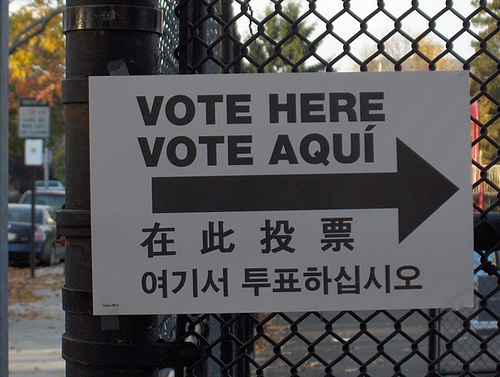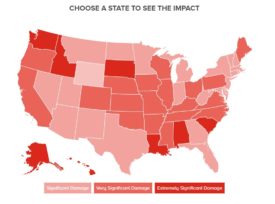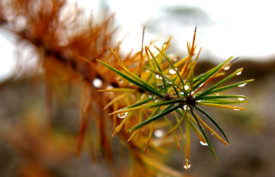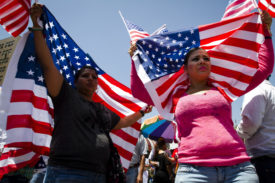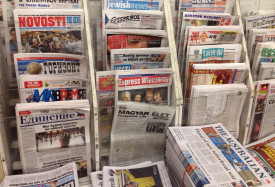Yesterday’s Seattle Times brought news of a trend that will shape the Northwest electorate for decades: the steady increase in the share of minority voters. Compared with some parts of the nation, the Northwest isn’t particularly diverse. Still, the latest census figures show that nearly one-fourth of Washington residents over the age of 18 now self-identify as Hispanic or non-white. In Oregon, 18 percent identify as Hispanic or non-white; in Idaho, it’s about 13 percent.
But every respectable demographic projection shows that the Northwest’s voting age population will continue to diversify over the coming years. And that’s true regardless of what happens with future immigration trends. That’s right: you don’t have to assume that there will be an influx of non-white voters to be confident that the region’s electorate will continue to diversify. You just need to look at what will happen as today’s residents age.
Throughout the Northwest states, youth is strongly correlated with diversity: preschoolers are roughly five times as likely to be non-white as octogenarians, with a fairly steady gradient in between. Over the coming decades—as older folks pass on and today’s teens hit voting years—the aging of the population will steadily ratchet the Northwest electorate towards greater and greater diversity.
The process will happen fastest in Washington, which is already the most diverse of the three Northwest states. Factoring in both death and aging in Washington, I expect that the gap between the “white alone” and minority voting-age populations will narrow by about 1.2 percentage points every 2-year election cycle, for at least the next few cycles. (For death rates by age, I use data from the Washington State Department of Health. For race and ethnicity by age, I use data from the American Community Survey for 2009-2011.) Sure, the majority of Washington voting-age population will remain what the census calls “non-Hispanic white” for a while. But the trends towards greater diversity are impossible to deny.
And it’s possible that the voter demographics will shift even faster than the population trends would indicate. In the 2008 election, most minority groups had lower voter-registration rates, and lower voter turnout, than non-Hispanic whites. So even modest increases in political participation among the Northwest’s non-white population could quickly boost the diversity of the electorate.
Either way, the reality is clear: Northwest voters are growing more diverse. The question now is, how will our politics respond to the growing clout of the region’s non-white voters?

